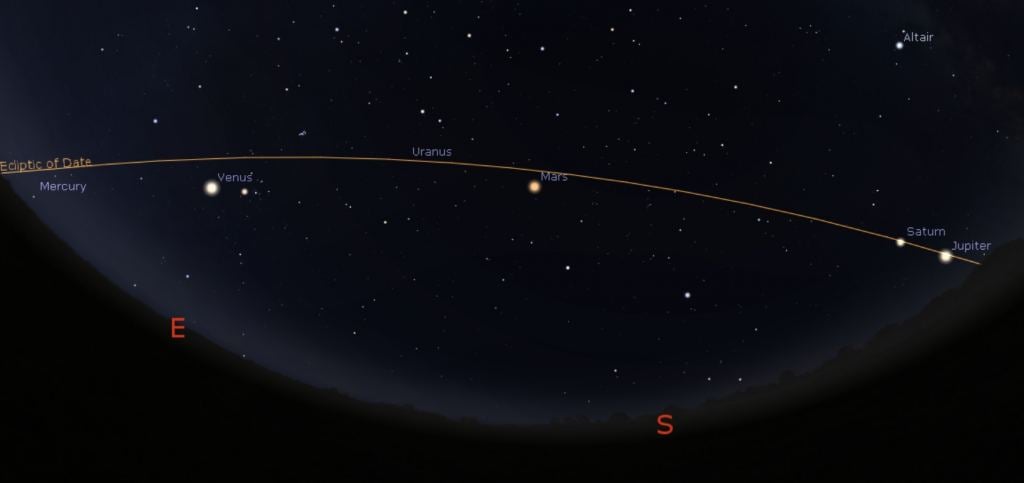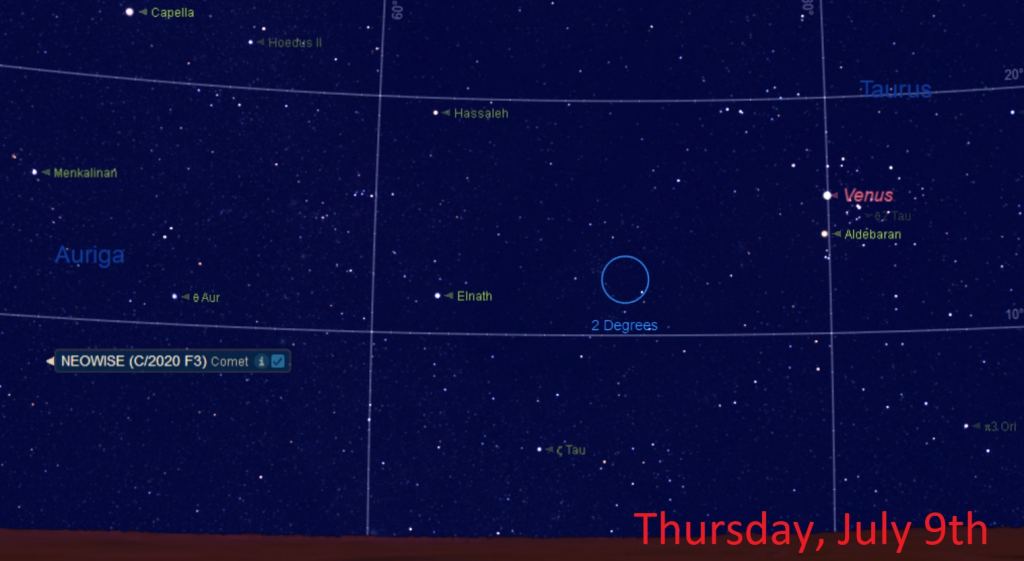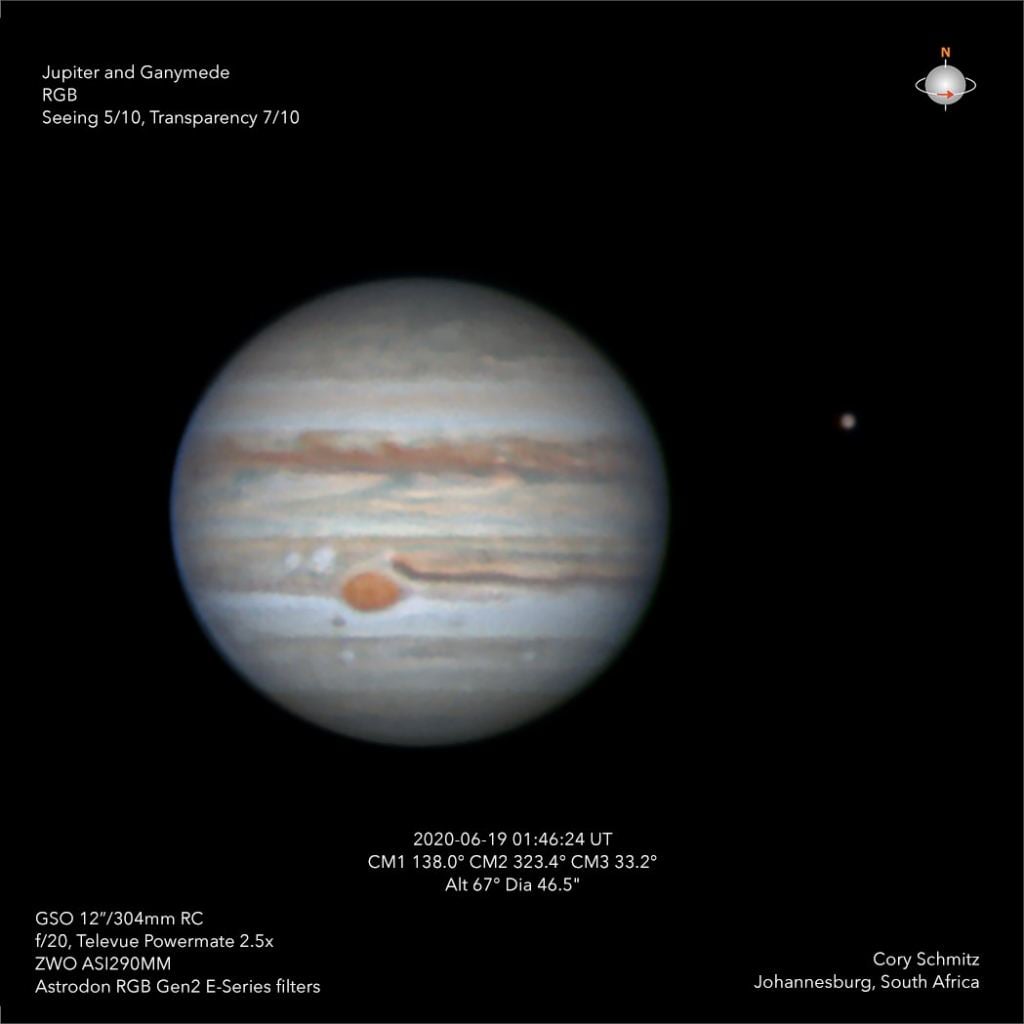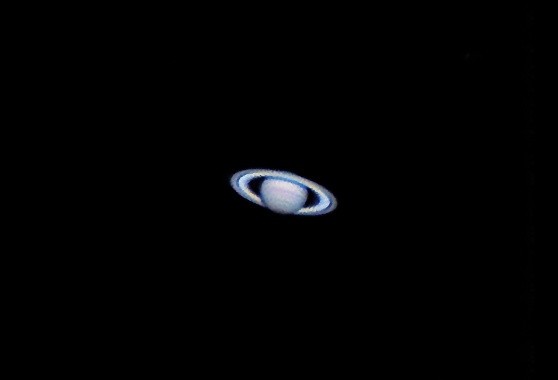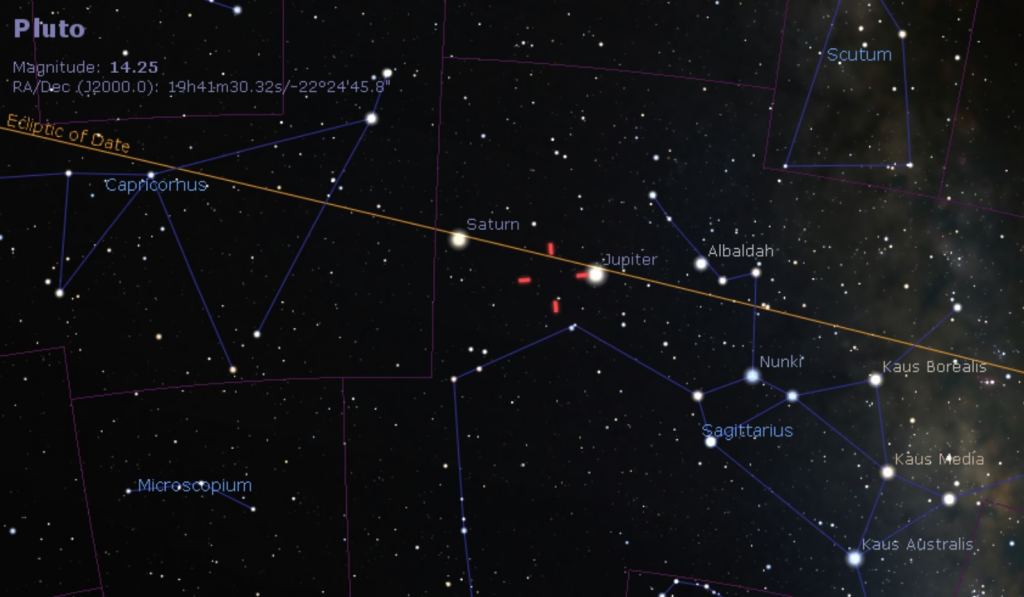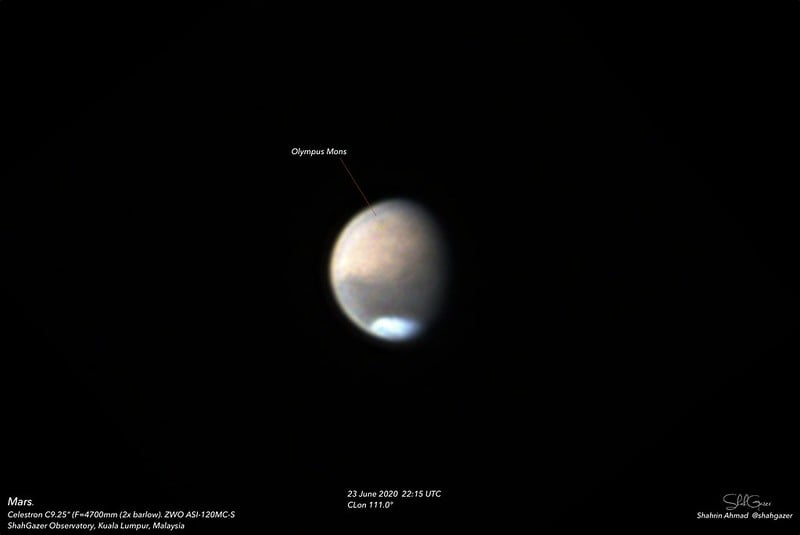Missing the planets in the first half of 2020? That's all about to change, as the gas giants Jupiter and Saturn reach opposition in rapid succession this month, heralding a return to the dusk sky.
The Summer planetary lineup- The planets have, for the most part, been hiding out in the dawn sky through the first half of the year. July 2020 is a key time of transition for Jupiter and Saturn from the dawn to the dusk sky. Already, Jupiter can be seen creeping up over the eastern horizon after dusk, rising shortly after the Sun sets. We say an outer world is at opposition when it rises in the east, as the Sun sets to the west. This is also the point near which a given planet is closest to the Earth.
In fact, all of the classical naked eye planets inhabit the dawn sky in the first half of July. Near dawn, Saturn and Jupiter lay to the west, while Mars rides high to the south, and Venus dominates the eastern sky, fresh off of inferior conjunction last month. Look low to the east and you might even spy fleeting Mercury headed for greatest elongation 20 degrees west of the Sun on July 22nd, along with an extra special treat: the icy interloper comet C/2020 F3 NEOWISE, fresh off of perihelion on July 3rd and holding steady at magnitude +1.5.
Jupiter at opposition- First up, Jupiter reaches opposition on Tuesday, July 14that around 8:00 Universal Time (UT)/4:00 AM EDT, shinning at magnitude -2.8 in the constellation Sagittarius. Reaching opposition just under a month from the summer solstice also means that this opposition favors viewers in the southern hemisphere, with Jupiter riding high in the sky, versus transiting low to the south for observers up north. Rotating once every 10 hours, you can actually witness one full rotation of Jupiter in a night near opposition.
The disk of Jupiter is 48" across at opposition, with the king of the planets 385 million miles distant. At the eyepiece, the first thing that becomes apparent are the major cloud belts, the Great Red Spot, and the four major Galilean moons of Io, Europa, Ganymede and Callisto. We're headed towards a mutual eclipse season for the Galilean moons in late 2020-2021, meaning the moons will start to pass in front of each other on successive passes. Outermost Callisto—the only major moon that can 'miss' Jupiter on some years—has already begun to transit in front of and behind Jove on its 16.7 day orbit. Near opposition, the moons cast their respective shadows straight back, versus off to the side at quadrature.
Saturn at opposition- Next up, Saturn reaches opposition just 6 days later on July 20th at 22:00 UT/6PM EDT. Shinning at magnitude +0.1 in the constellation Sagittarius very near its border with Capricornus, Saturn is 837 million miles distant. Saturn is especially prone to what's known as the 'Opposition Surge or Seeliger Effect,' right around this time. This sudden jump in apparent brightness is a retro-reflector style phenomenon, due to all of those scintillating ice particles in the rings reaching a full 100% illumination.
And speaking of the rings, we're still at a favorable 22 degrees tilt for Saturn's ring system, making for a very photogenic view at the eyepiece. The ring tilt is actually slowly narrowing down in 2020, as we head towards an edge-on view in 2025. Watch for the half dozen-odd moons of Saturn that are visible through a backyard telescope, with +8.5 magnitude Titan leading the way. Near opposition, the disk of Saturn is 18.5" across, 43" if you include the rings.
Jupiter v. Saturn 2020 : Jupiter is actually closing in on Saturn, with a spectacular six arcminute conjunction closing out the year on December 21st. On a 11.9-year orbit around the Sun, Jupiter actually laps Saturn on its slower 29.5 year orbit once every 20 years. Such a pass once happened in 2000, and won't occur again until 2040.
...and Pluto makes three- Up for a challenge? Faint +15th magnitude Pluto also reaches opposition in July on the 15th. Pluto passed perihelion in September 1989, and is now slowly heading toward aphelion in February 2114, taking it farther away from us each year, getting ever fainter in the process. It's amazing to think: Pluto has only journeyed from its 1930 discovery position in the constellation Gemini the Twins to its present star rich locale in Sagittarius over the span of 90 years.
Enter Mars - And lets not forget Mars, headed towards a fine opposition on October 13th. This also means that July 2020 is a biennial Mars launch window month, offering the optimal time to launch a mission to the Red Planet using minimal fuel, and taking the shortest duration. In 2020, three missions seek to make the trip, including the United Arab Emirates' Mars Hope launching from Tanegashima, Japan on July 14th, China's Tianwen-1 orbiter, lander and rover launching from Wenchang on July 23rd, and NASA's Perseverance rover, launching from the Cape on July 30th.
Be sure to check out the triumphant return of the planets in July, coming to an evening sky near you.
Lead Image: Jupiter and its famous Great Red Spot. Credit: Cory Schmitz (photographingspace.com)
 Universe Today
Universe Today

